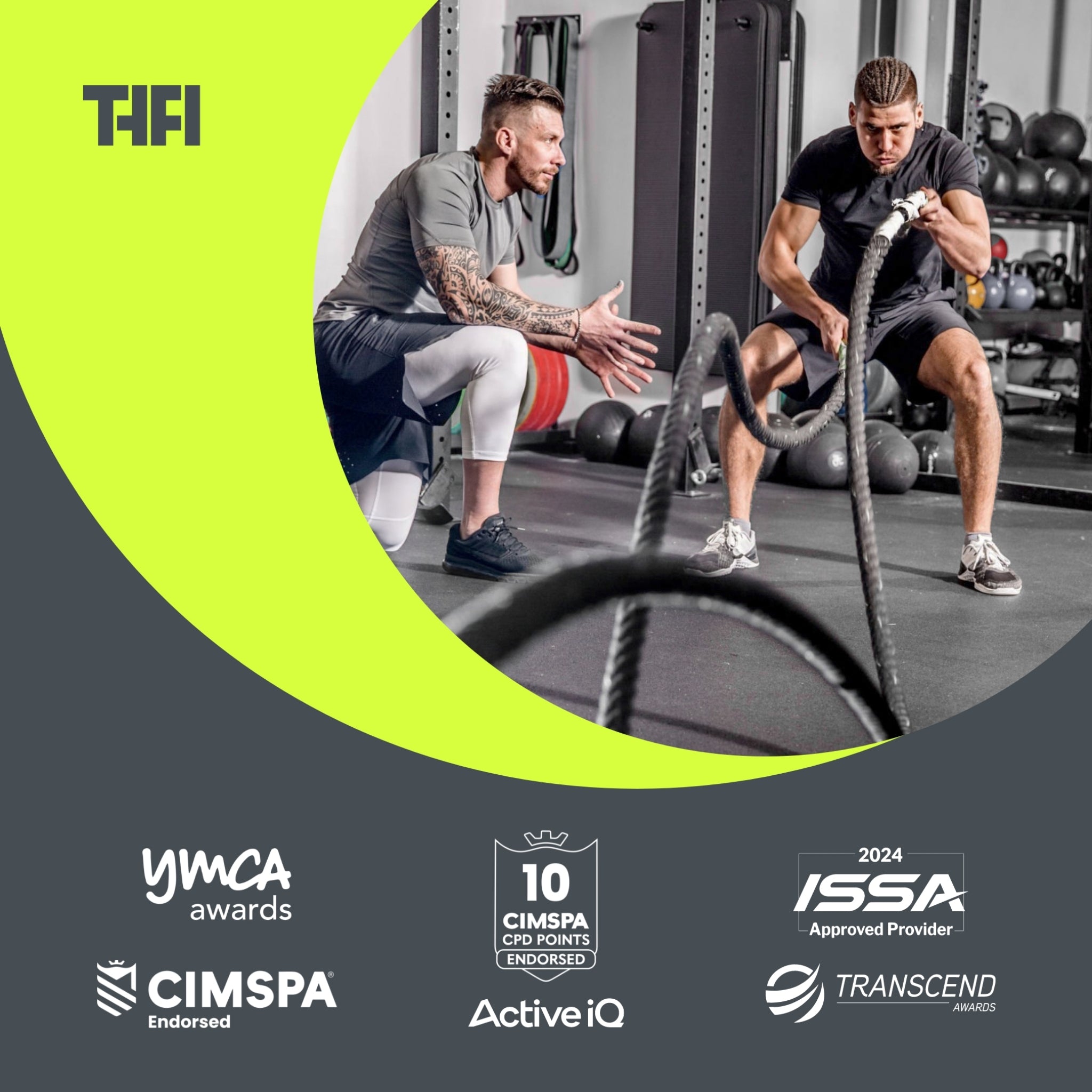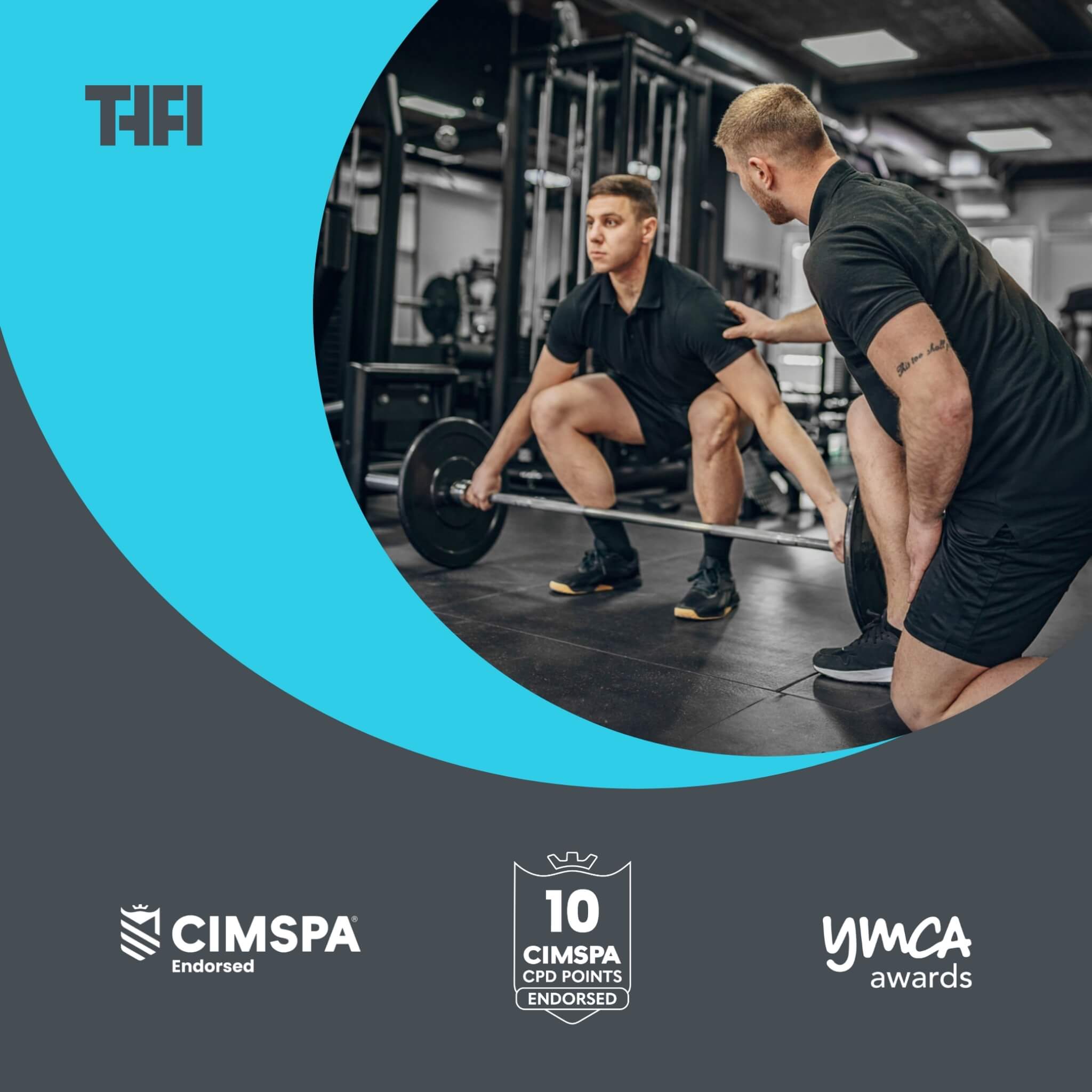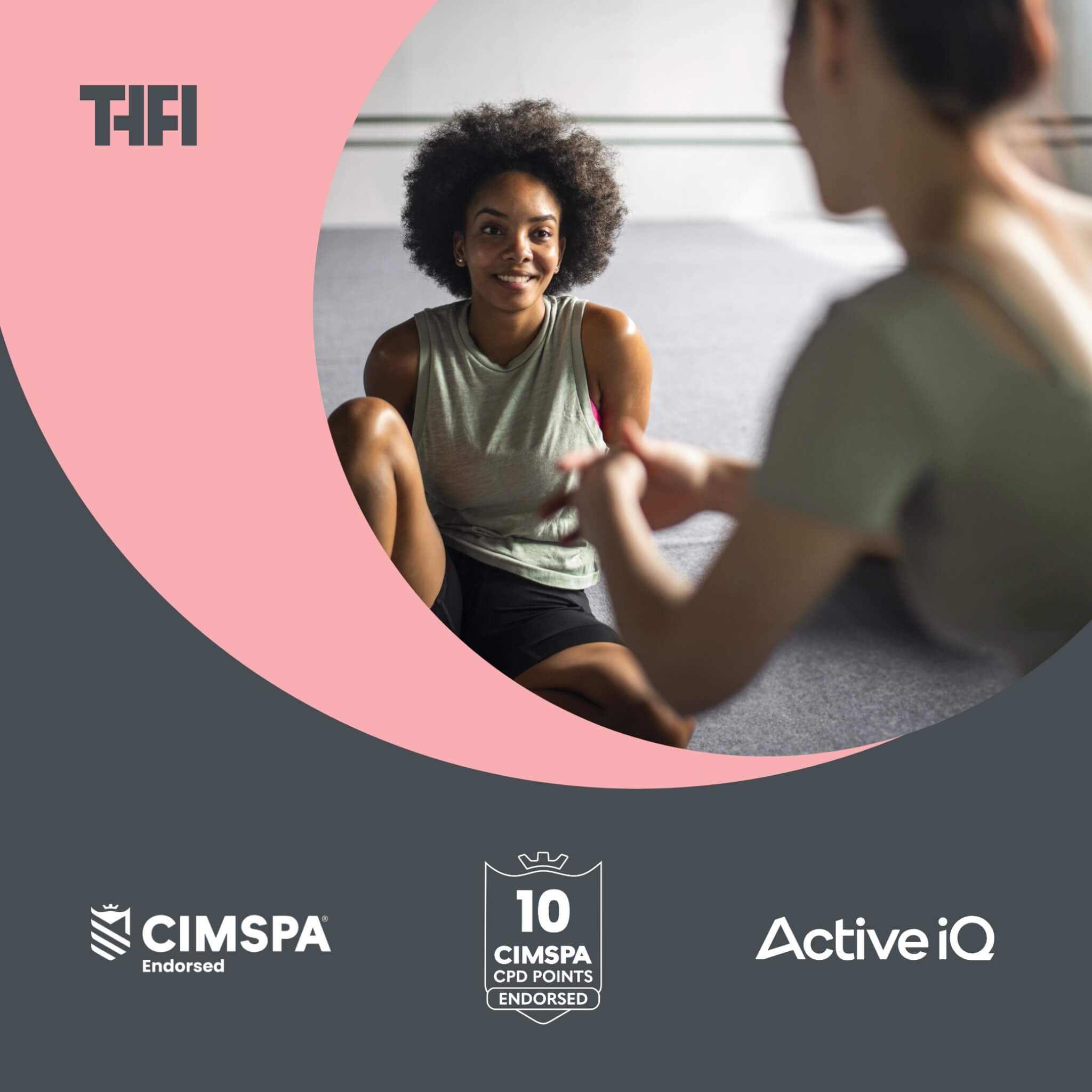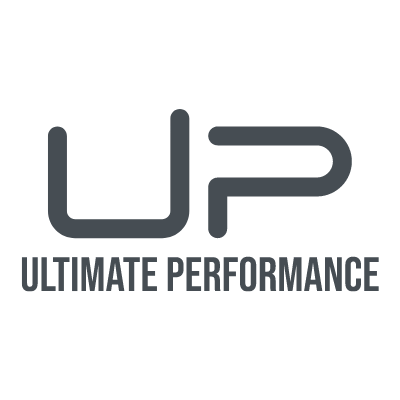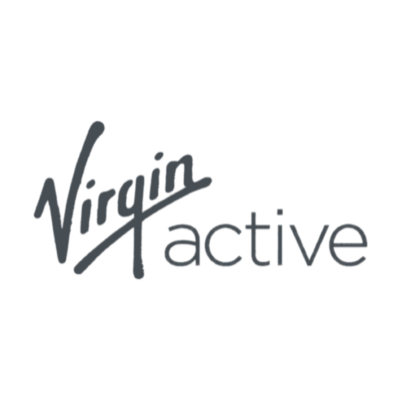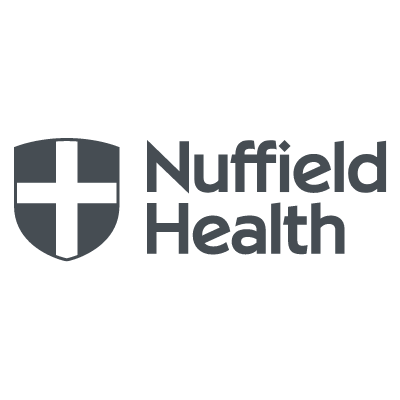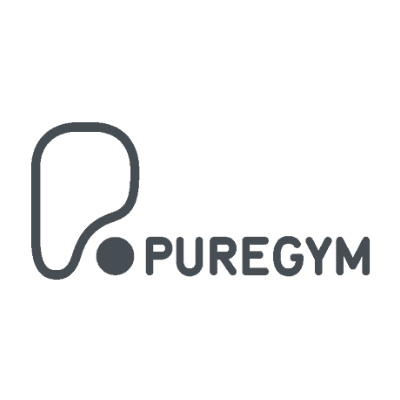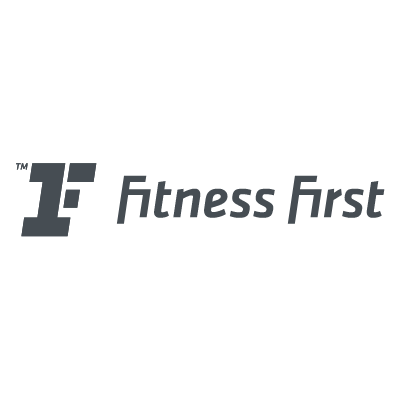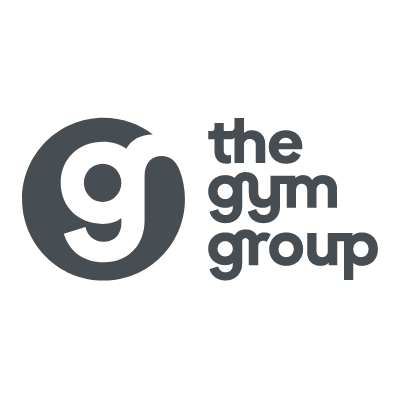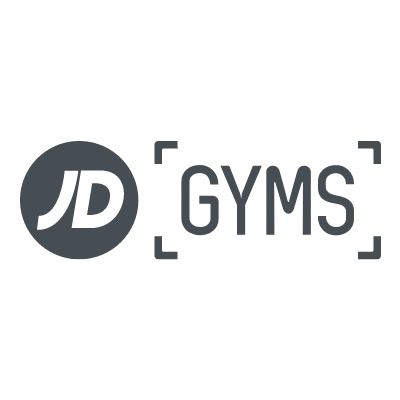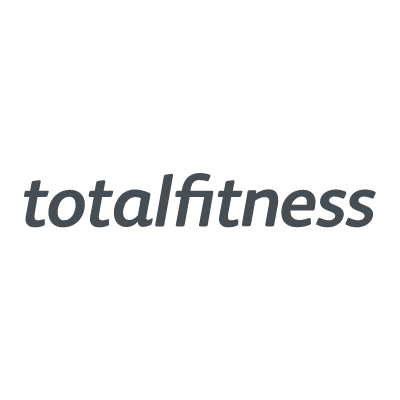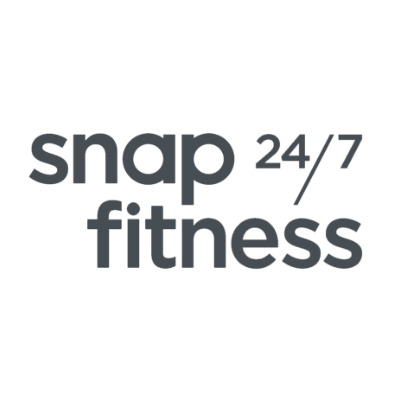How to Build Speed, Agility & Quickness: A PT's Guide to SAQ Training

Understanding SAQ Training
SAQ – Speed, Agility, and Quickness training – isn't solely the domain of professional footballers or Olympic sprinters. Jo Green, Master Trainer and Education Manager at THFI, with an MSc in Sports Science from Loughborough University, underscores the importance of SAQ for clients of all fitness levels. Her insights shed light on how this transformative approach can benefit everyone – from parents chasing after their little ones in the park to office workers looking for that extra burst of speed in their weekend 5-a-side football game.
As anyone who has taken our Strength and Conditioning Coach Course knows SAQ is a transformative approach for a diverse array of clients you're likely coaching...
From parents chasing after their little ones in the park, to office workers looking for that extra burst of speed in their weekend 5-a-side football game.
Every physical activity, be it in sports or day-to-day life, demands swift movement, quick directional changes, and rapid response times... and this is precisely where SAQ training shines.
Want to elevate your clients' performance and witness them achieve breakthroughs they never thought possible? Grasping the essentials of SAQ training is your first step.
But how do you integrate these dynamic exercises – from ladder drills to cone sprints – into a comprehensive fitness regimen?
How do you tailor SAQ training from novices to those who are more athletically inclined?
Dive into this guide on SAQ training...
Jo Green’s Insight:
"SAQ training isn’t just for athletes—it’s about unlocking potential. Whether it’s a parent chasing after kids or a weekend athlete trying to excel, SAQ builds the foundation for confidence and efficiency in movement.”
Key Takeaways from This Guide:
- What is SAQ Training? Learn how Speed, Agility, and Quickness drills benefit clients of all levels.
- Science Behind SAQ: Discover how neuromuscular adaptations improve reaction times, coordination, and movement efficiency.
- Benefits of SAQ: Enhance client performance, prevent injuries, and build functional fitness that extends beyond the gym.
- Assessing Client Readiness: Conduct pre-training assessments to tailor SAQ programmes safely and effectively.
- Best SAQ Exercises: Explore basic drills like cone sprints and ladder drills, and advanced techniques like bungee runs and plyometric hurdles.
- Tailoring SAQ for Goals: Personalise drills to meet individual client objectives, from general fitness to sports-specific training.
- Tracking Progress: Use baseline measurements, video analysis, and client feedback to monitor and showcase improvements.
- Adjusting Strategies: Adapt programmes based on client feedback, progress tracking, and lifestyle changes.
What is SAQ?
Speed, Agility, and Quickness (SAQ) training focuses on enhancing these three fundamental athletic attributes. Speed is about moving swiftly in a single direction, agility involves quick directional changes while maintaining control, and quickness is the ability to react and move rapidly in response to stimuli.
Incorporating SAQ into your training programmes offers a dynamic way to challenge and improve your clients' physical capabilities.
This isn't just for athletes; it's for anyone looking to boost their fitness, from weekend warriors to individuals looking to add a new dimension to their workouts.
INTERESTED IN IMPROVING YOUR STRENGTH & CONDITIONING COACHING? REQUEST A CALLBACK FROM OUR TEAM HERE.
Jo Green’s Insight:
"SAQ is the perfect gateway for trainers to expand their clients’ horizons. It’s not just about speed or fitness—it’s about teaching clients to move with purpose and efficiency. This makes every session more impactful.”
What is the Science Behind SAQ?
The science of SAQ training is rooted in neuromuscular adaptation. When you train for speed, you're enhancing the muscle fibres' ability to contract more quickly and powerfully. Agility training improves coordination and the body's ability to control movement through various planes. Quickness training hones the nervous system's response time, allowing for faster reactions to both internal and external cues.
Studies have shown that regular SAQ training can lead to significant improvements in overall physical performance, including better balance, coordination, and reaction times. These enhancements go beyond the gym or sports field; they translate into everyday life, making routine activities easier and reducing the risk of injury.
As a personal trainer, introducing SAQ training into your clients' routines is not just about diversifying their workouts. It's about grounding their fitness journey in a comprehensive, scientifically-backed approach that yields tangible results. This is your opportunity to stand out in the fitness industry by offering something beyond the conventional. In turn, it can lead to greater client satisfaction, retention, and yes, even a boost in your earnings.
Jo Green’s Insight:
"The science of SAQ makes it one of the most exciting methodologies in fitness. By leveraging neuromuscular adaptation, you’re not just teaching clients new skills—you’re building a resilient, responsive, and high-performing body.”
What are the benefits of SAQ in Personal Training?
Enhancing Client Performance
Incorporating SAQ training into your personal training repertoire can significantly enhance client performance. This multifaceted approach does more than improve basic fitness metrics; it propels clients towards achieving a higher level of functional fitness. For personal trainers, this is an invaluable tool.
SAQ training is not just about speed; it's about how effectively and efficiently a person can move. In sports, it translates to better on-field performance. But in everyday life, it means moving with more confidence, stability, and strength. Clients who engage in SAQ training often report improvements in their overall fitness levels, a reduction in day-to-day fatigue, and a newfound ability to perform physical tasks with greater ease.
For personal trainers, the impact of improved client performance is twofold. Firstly, it leads to increased client satisfaction – when clients see tangible results, they are more likely to stick with their training programme and recommend your services. Secondly, it elevates your reputation as a trainer who delivers results, not just promises.
Jo Green’s Insight:
"When clients see measurable gains in how they move and perform, their confidence soars. SAQ brings out an efficiency in movement that most people don’t even realise they’re missing.”
SAQ for Injury Prevention
One of the most significant, yet often overlooked, benefits of SAQ training is its role in injury prevention. By enhancing agility and quickness, clients become better equipped to handle unexpected physical demands, which can help prevent injuries.
SAQ training strengthens muscles, tendons, and ligaments, making them more resilient to stress. It also improves proprioception – the body's ability to sense its position in space, which is crucial for maintaining balance and preventing falls. Additionally, the varied movements involved in SAQ training promote joint stability and flexibility, further reducing the risk of injury.
When you become a level 3 personal trainer, incorporating injury prevention into training programmes not only shows a commitment to the client's overall wellbeing but also demonstrates a comprehensive understanding of fitness. It's a proactive approach that goes beyond aesthetic goals, focusing on long-term health and fitness sustainability. This aspect of training can be particularly appealing to clients who are returning to fitness after an injury or who are concerned about injury risks.
Jo Green’s Insight:
"Injury prevention is one of the greatest gifts a trainer can give their clients. SAQ drills reinforce muscle and joint integrity while teaching clients to move safely and efficiently under pressure.”
Assessing Client Readiness for SAQ
Pre-training Assessments
Before diving into Speed, Agility, and Quickness (SAQ) training with your clients, it's crucial to conduct thorough pre-training assessments. These evaluations serve as a foundation to tailor SAQ programmes that are safe, effective, and aligned with individual client capabilities.
A comprehensive pre-training assessment should include a general fitness evaluation, focusing on cardiovascular health, muscle strength, and flexibility. Also, assess specific aspects related to SAQ such as coordination, balance, and current movement patterns. This initial step helps in identifying any potential risk factors, such as pre-existing injuries or limitations that could impact the client's ability to perform certain exercises safely.
Incorporating functional movement screenings can be particularly beneficial. These screenings evaluate basic movement patterns and can reveal imbalances or weaknesses that SAQ training can address. For example, if a client demonstrates limited lateral movement, you can tailor SAQ drills to enhance this aspect of their agility.
Jo Green’s Insight:
"Assessments are the cornerstone of effective SAQ programming. Without a clear understanding of where a client stands, you risk designing workouts that either underwhelm or overwhelm.”
Setting Realistic Goals
After assessing your client's readiness, the next step is setting realistic and achievable goals. This is where your expertise as a personal trainer becomes invaluable. Goals should be Specific, Measurable, Achievable, Relevant, and Time-bound (SMART).
For instance, if a client aims to improve their agility for a specific sport, set clear benchmarks for improvement, such as reducing the time taken to complete an agility drill. If the goal is general fitness improvement, you might focus on enhancing their ability to perform daily activities with greater ease and less fatigue.
It’s essential to communicate with your clients about what SAQ training can realistically achieve and how it aligns with their overall fitness objectives. This not only manages expectations but also keeps clients motivated and engaged in their fitness journey.
Jo Green’s Insight:
"When setting goals, keep them client-centric and inspiring. The key is to show clients that improvement isn’t just possible—it’s inevitable with the right plan."
The Best SAQ Exercises
Basic SAQ Drills
Starting with basic SAQ drills is essential, particularly for clients new to this type of training. These foundational exercises lay the groundwork for more advanced techniques, ensuring safety and effectiveness.
- Cone Drills: Set up a series of cones in a straight line or in a zigzag pattern. Have your client sprint, zigzag, or shuffle between the cones. This drill improves directional change and agility.
- Ladder Drills: Utilising an agility ladder, guide your clients through various footwork patterns. Exercises such as the 'Ickey Shuffle' or 'Two-Feet-In-One-Feet-Out' enhance coordination and foot speed.
- T-Drill: Set up cones in a 'T' shape. Have the client sprint forward to the first cone, side shuffle to the left, then to the right, and finally backpedal to the start. This drill works on speed, agility, and quick directional changes.
- Box Drill: Create a square with cones, each 5 meters apart. The client moves around the square through sprinting, side shuffling, and backpedalling, enhancing their ability to move in all directions efficiently.
Each of these drills can be modified to suit the fitness level and goals of individual clients. The key is to focus on proper technique before increasing speed or complexity.
Jo Green’s Insight:
"The beauty of these basic SAQ drills is their adaptability. They’re simple yet effective tools for helping clients build a strong foundation in movement patterns."
Advanced Techniques
Once your clients are comfortable with the basics, you can introduce more advanced SAQ exercises. These are designed to further challenge and improve their speed, agility, and quickness.
- Bungee Runs: Using a resistance bungee cord, the client sprints forward against the resistance. This drill enhances explosive power and speed.
- Plyometric Hurdles: Set up hurdles of varying heights. Have clients jump over them, focusing on quick, explosive movements. This exercise improves power and quickness.
- Directional Change Sprints: Instruct your client to sprint in a straight line, then on your command, quickly change direction and sprint in the opposite direction. This drill enhances reaction time and agility.
- Mirror Drills: In this drill, the trainer moves unpredictably, and the client mirrors these movements. This exercise is excellent for improving reaction time and agility.
Incorporating these exercises into your clients’ training regimes will not only improve their SAQ skills but also add variety and challenge to their workouts, keeping them engaged and motivated.
Jo Green’s Insight:
"Advanced drills demand more precision and focus. When clients master these, they’re not just training their bodies but also their mental sharpness and reaction time.”
Integrating SAQ into Your Training Regime
How to Create a Balanced Workout Plan
The integration of SAQ training into your clients' workout plans should be done thoughtfully to ensure a balanced approach to fitness. A well-rounded training programme incorporates various elements, including strength, cardio, flexibility, and SAQ, to meet overall fitness goals.
- Incorporate SAQ as a Warm-up or Cool Down: Begin by introducing SAQ drills as part of the warm-up or cool-down routines. This can help prepare the body for exercise or aid in recovery post-workout.
- Blend SAQ with Strength Training: SAQ exercises can be effectively combined with strength training days. For instance, after a weightlifting session, include short bursts of agility or quickness drills to enhance overall athleticism.
- Dedicated SAQ Sessions: Depending on the client's goals, dedicating entire sessions to SAQ training can be beneficial, especially for clients focusing on sports performance or those looking to significantly improve their agility and coordination.
- Progressive Overload: Just like any other training method, SAQ should gradually increase in intensity and complexity. This progression ensures ongoing improvements while minimizing the risk of injury.
By creating balanced workout plans that incorporate SAQ training, you not only enhance your clients' physical capabilities but also add variety to their routines, keeping them engaged and motivated.
Jo Green’s Insight:
"SAQ works best when it’s part of a holistic plan. Clients should see it as an exciting complement to their strength and cardio routines rather than an isolated element.”
How to tailor SAQ to your Client’s Goals
Every client is unique, with different strengths, weaknesses, and fitness objectives. So personalising SAQ training according to each client’s needs and goals is essential for its effectiveness.
- Assess Individual Requirements: Tailor SAQ drills based on the client's current fitness level, movement skills, and personal goals. For instance, a client focused on general fitness might benefit from basic agility drills, while a sport-specific client may require more advanced, targeted exercises.
- Incorporate Client Interests: Align SAQ training with activities or sports the client enjoys. For example, if a client is an avid tennis player, include drills that mimic the quick lateral movements and sprints common in tennis.
- Regularly Monitor and Adjust: Continuously assess the client’s progress and modify the SAQ components as needed. This might mean increasing the difficulty, changing the drills, or scaling back if necessary.
- Educate Clients: Help clients understand the value of SAQ training and how it contributes to their broader fitness goals. An informed client is more likely to be committed and motivated.
How to Measure the Success of Your SAQ Training
Tracking Progress Progress tracking is an essential component of any effective training programme. This not only motivates clients by showing them tangible results but also allows you, as a personal trainer, to fine-tune the training regimen for optimal outcomes.
- Baseline Measurements: Before beginning SAQ training, record baseline measurements. This could include time taken to complete specific agility drills, the number of directional changes in a set time, or qualitative assessments of movement efficiency.
- Regular Assessments: Schedule regular intervals for reassessment. This might be every few weeks or months, depending on the goals and intensity of the training. Compare these results with the baseline to monitor improvements or identify areas needing more focus.
- Client Feedback: Incorporate client feedback into your assessment. How do they feel they have improved? Are they finding daily activities or sports performance easier? This subjective feedback is invaluable for measuring the impact of SAQ training beyond just numbers.
- Visual Tracking: Use video analysis to visually track improvements in form and movement efficiency. This can be especially powerful for clients, as they can literally see their progress.
Effective tracking of SAQ progress not only keeps clients motivated but also demonstrates the value of your training, reinforcing your role as an effective and results-driven trainer.
Jo Green’s Insight:
"Data doesn’t lie. Whether it’s video analysis or a simple time trial, tangible progress keeps clients invested in their journey."
How to Adjust Your Strategies Based on Feedback
Adaptability is key in personal training. Based on the progress tracking and feedback, you should be ready to adjust your SAQ training strategies to better meet your clients’ needs.
- Individualising Adjustments: If a client is excelling in certain areas but struggling in others, recalibrate the training focus. This might mean introducing more complex drills or scaling back to reinforce the basics.
- Responding to Plateaus: If a client's progress plateaus, it's time to shake things up. This could involve introducing new SAQ exercises, increasing intensity, or even revisiting foundational movements to break through the stagnation.
- Injury Prevention and Management: Be vigilant about any signs of overtraining or potential injury. SAQ training, while beneficial, can be demanding, and it’s vital to adjust the training load to prevent injuries.
- Client Lifestyle Changes: Stay attuned to changes in your clients' lives that might affect their training, such as new stressors or schedule changes, and adapt the training programme accordingly.
By regularly evaluating and adjusting your SAQ strategies based on progress tracking and client feedback, you ensure that the training remains effective, engaging, and aligned with your clients' evolving needs and goals.
Jo Green’s Insight:
"Adaptability is the hallmark of a great trainer. No two clients’ journeys are alike, and being able to pivot your strategies keeps the training effective and enjoyable."
Conclusion
SAQ training is a transformative approach to fitness, offering benefits that extend beyond the gym or sports field. By understanding its principles and tailoring its implementation to the needs of each client, personal trainers can elevate their practice, ensuring clients see measurable improvements in performance, agility, and overall fitness.
For trainers, the value lies not only in the results but in the versatility of SAQ training. From helping a parent chase their kids without fatigue to refining an athlete’s on-field performance, SAQ offers something for everyone.
By integrating assessments, personalised drills, and progress tracking into your SAQ programming, you can create an engaging and dynamic fitness journey that keeps clients motivated and coming back for more.
Jo Green’s Final Thought:
"SAQ training is more than just drills—it’s a gateway to unlocking clients’ potential. When done right, it builds confidence, resilience, and lasting fitness foundations."
Looking for the next step in your career? Explore our advanced personal training courses at THFI and make it happen.







